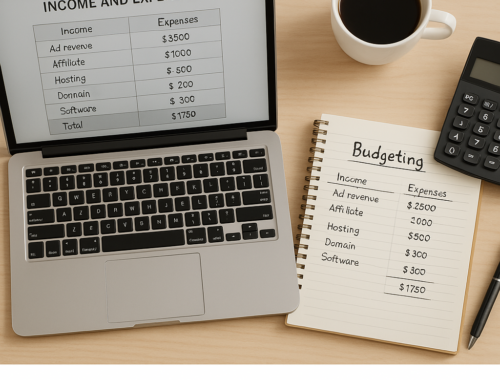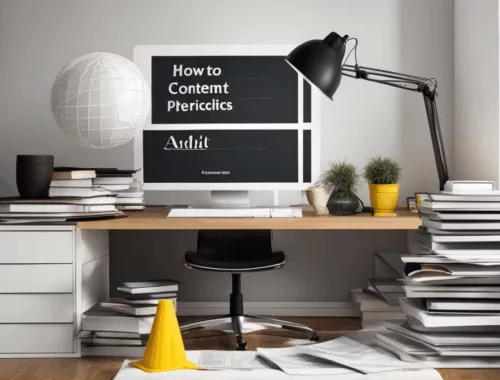
Designing Blog Layouts That Convert

Introduction to Blog Layout Design
Blog layouts have a significant role in influencing visitor behavior and conversions. The design of your blog plays a critical role in how users interact with your content, and it can either encourage or discourage engagement. Therefore, it is essential to create an effective blog layout that aligns with your audience’s expectations and preferences.
Key Design Elements for a Successful Blog Layout
A well-designed blog layout should incorporate several elements to enhance the user experience and boost conversions. Here are the essential elements:
Clear and Easy-to-Navigate Menu:
A top menu is a vital feature of your blog layout. It helps visitors navigate your site easily, increasing the chances of them exploring and engaging with more content.
Example: A top menu can include links to your home page, main categories, and other essential pages. For instance, a blog with a well-organized top menu might include links such as “Home,” “About Us,” “Contact,” “Blog,” and “Shop.”
Readable Font and Color Schemes:
The readability and design of your text should be user-friendly and appealing. Use fonts that are legible and appropriate for your content type, and consider the color contrast to ensure that your text stands out and is easily readable.
Example: Using a sans-serif font with a light background color and dark text color can enhance readability. For example, Google uses a light-colored background with dark text, which is easy on the eyes and effective for readability.
Visual Aids:
Use a combination of images, infographics, and videos to break up text and create visual interest. Visual aids can help with comprehension and engagement by presenting information in a more accessible and appealing format.
Example: Images and infographics can help illustrate complex ideas, making it easier for readers to grasp the information being presented. For instance, an infographic about the history of the World Wide Web would visually represent the key events in the development of the internet.
Social Sharing Icons:
Social sharing icons and buttons are an effective way to promote your blog posts and increase engagement. By providing easy access to social media platforms, users can share your content with their friends and followers, expanding your reach.
Example: Including social sharing icons such as Facebook, Twitter, and Pinterest can significantly boost your blog’s traffic. For instance, a post about “The Best Hiking Trails in Banff National Park” shared on Pinterest could reach a vast audience interested in outdoor activities.
Footer Navigation:
A footer navigation menu is a great way to link to essential pages, such as your contact page or about page. This allows users to quickly find the information they need and increases their trust in your blog.
Example: A footer menu can include links to your homepage, main categories, about page, contact page, and a privacy policy page.
Adaptive Layout:
Ensure that your blog layout is adaptable and responsive to different devices, such as desktops, tablets, and smartphones. This will provide a seamless experience for users across devices.
Example: A mobile-friendly blog layout should be easy to navigate and display content clearly, allowing users to access and engage with your content on-the-go.
SEO Optimization:
Make use of SEO-friendly elements, such as meta descriptions, headers, and internal linking, to improve your blog’s search engine rankings and user experience.
Example: Using meta descriptions to summarize your blog post and including headers throughout the post can help improve your search engine rankings. For instance, incorporating headers such as “Introduction” and “Conclusion” can help improve your content’s relevance and accessibility.
Call to Action (CTA):
Ensure that your blog layout includes a clear and compelling CTA, such as a sign-up form or a “Buy Now” button. This will encourage users to take the next step in their user journey.
Example: A prominent CTA can be as simple as a button that says, “Subscribe Now!” and links to a newsletter sign-up form or a product purchase page. This will prompt users to engage with your content and take action.
Final Thoughts
Creating an effective blog layout is essential for driving engagement and conversions. By incorporating clear navigation, readable fonts, visual aids, social sharing icons, and an adaptable layout, you can create a blog that stands out and effectively communicates your message. Don’t forget to optimize your blog layout for SEO, and include a clear and compelling CTA to help drive conversions and achieve your business goals.
You May Also Like

[object Object]
July 25, 2025
How to track your blogging income and expenses
April 4, 2025


